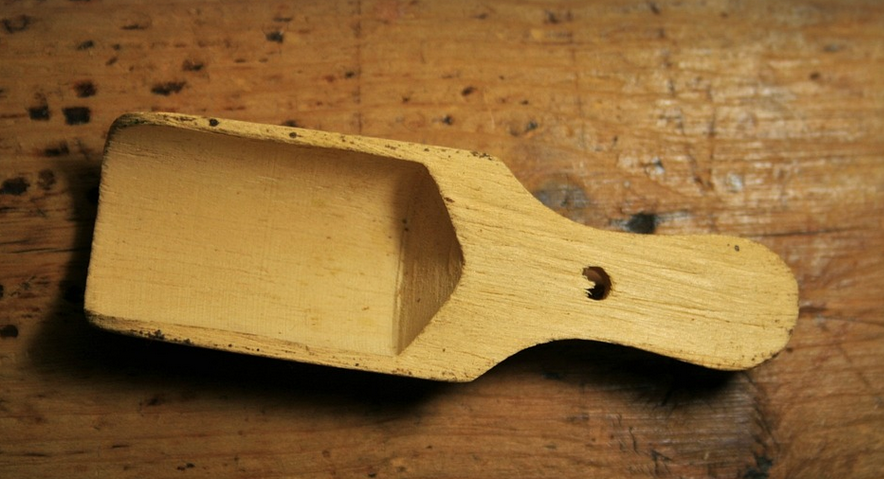
Clamp A Foley Catheter: A Step-By-Step Guide
Understanding the Importance of a Clamp A Foley
A clamp A Foley catheter is an essential tool in healthcare, particularly for men and women who experience urinary difficulties. This minimally invasive procedure helps individuals with bladder control problems navigate daily life more comfortably by providing a safe passageway for urine to exit the body. It’s basically like building a shortcut for your pee to go through – and it can make all the difference!
The Foley catheter itself is a simple tube-like device, inserted into the urethra or bladder area. But why is the clamp so important? Imagine trying to squeeze toothpaste from a tiny tube – that’s the challenge of using a standard catheter without a clamp. The clamp allows for proper positioning and ease of access, ensuring the catheter remains securely in place while maximizing comfort.
Let’s dive into step-by-step instructions on how to use a clamp A Foley catheter:
Step 1: Preparation is Key
Before you even think about using any sort of catheter, get ready! You want to make sure everything is clean and organized. First, gather your supplies – this might include a sterile surgical glove, clean water, alcohol wipes, and the clamp A Foley catheter itself.
You will also need an assistant to help you position the patient. It’s crucial that both of you understand the procedure before starting so you can work together seamlessly. Once everything is ready, make sure your workspace is well-lit and clean for added safety.
After ensuring everything is prepared, the next step involves making a clean incision in the outer skin area where you want to place the catheter.
Step 2: Inserting the Catheter
Now that we’re ready, let’s begin inserting the Foley catheter into the patient’s urethra. First, gently insert one hand under the patient’s groin and use your other hand to hold the catheter firmly in place. This step requires a good deal of precision and care because any mistake here can lead to complications – so patience is key.
Next, gently guide the catheter tip towards the bladder area. You should feel resistance as you approach the bladder wall. If there’s any discomfort, stop immediately and consult with your doctor.
Step 3: Securely Attaching the Catheter
Once the catheter is positioned correctly near the bladder, use a clamp to secure the catheter to the patient’s urethra. This step ensures the catheter stays in place and doesn’t wiggle or move around while the patient urinates. You can use a surgical glove or other protective material designed for this purpose.
It’s critical that the catheter is firmly secured, as it needs to remain in place throughout the procedure. If it starts moving around, you risk causing discomfort and potential damage.
You may want to consult with your doctor or a trained healthcare professional to ensure proper placement of the catheter before proceeding.
Step 4: Documenting the Procedure
Finally, record the procedure documentation for future reference, especially if the catheter is used for extended periods. This includes noting any changes in patient condition or response throughout the process, including any unusual occurrences like discomfort or pain.
Before you let the patient go home, ensure they understand the proper care and maintenance of the catheter to avoid unnecessary complications. After all, this entire ordeal is a big deal for them – so it’s important to ensure they feel comfortable and confident in their ability to manage the catheter.
Step 5: Post-Procedure Care
Once the procedure is complete, it’s time for recovery! The patient should be able to resume normal activities as soon as possible. However, some basic care instructions might be necessary – like changing the catheter every few days and staying hydrated.
It’s also vital to monitor any changes in urination patterns or discomfort for any potential complications. If there are any concerns, it’s best to contact your doctor immediately.
What Next?
By following this step-by-step guide, you can use a clamp A Foley catheter safely and effectively. Remember, proper care of the catheter and its user is crucial for lasting comfort and health. If you’re ever in doubt, remember to consult your doctor or healthcare professional – they’re there to help!
Remember that every patient is different. If you’ve got any questions or concerns about using a clamp A Foley cateter, don’t hesitate to talk to your doctor or other medical professionals.